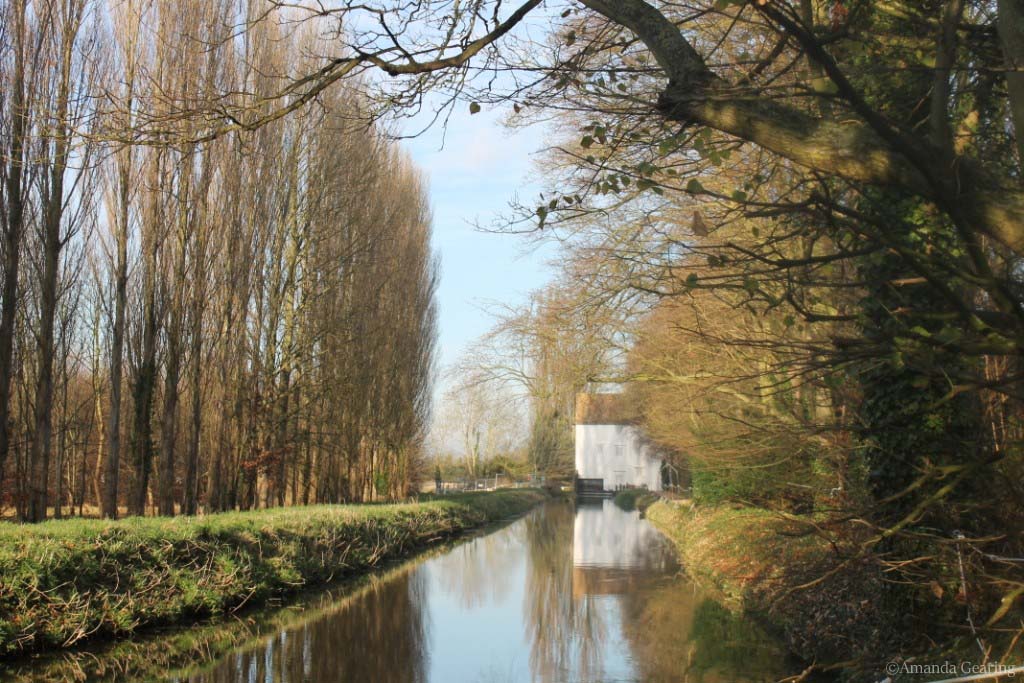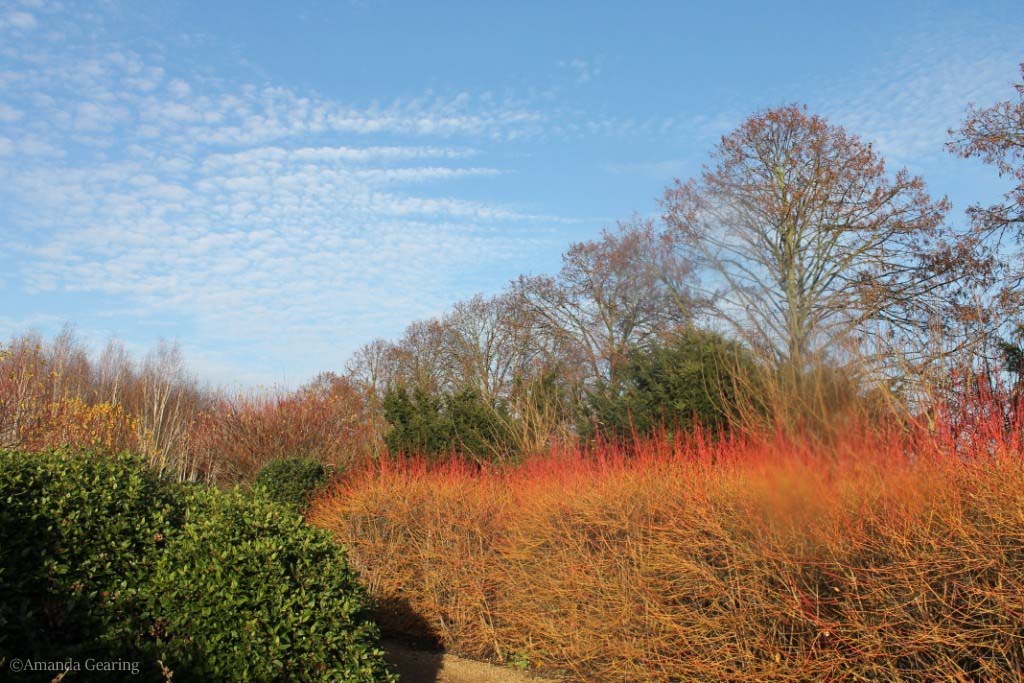Updated on June 13, 2013
Visitor guide
Anglesea Abbey is an easy five mile drive north east of Cambridge along the A14 motorway, or a more leisurely drive on Newmarket Road to the village of Lode.
The stone house was built as a priory and traces of its religious architecture and heritage remain but when the future Lord Fairhaven bought it, aged 30, he began to transform the priory into a country house with grand public dining and drawing rooms and an impressive library.
Lord Fairhaven’s ambitions extended to the 46ha (114 acre) of grounds which he had planted as a series of separate gardens: a winter garden, exstensive lawns and a rose garden, creating a beautiful environment out of what had been a desolate landscape.
From the visitors centre entry, follow the signs to the winter garden and mill. Here the mill stream drives a water-powered stone-grinding flour mill. Volunteers run the mill and explain the workings. Visitors can see how the stream drives the drive wheel which runs the grinding wheel, producing wholegrain flour. Freshly ground bags of flour are available for sale to the public.

The walk from the entry to the mill and then to the house is all wheelchair accessible but the mill has several stairs up the mill. From the mill, a gravel pathway leads along the mill stream to the house. Tour guides take groups of visitors through the main rooms on the ground floor and then upstairs to the library and bedrooms.
The house has a large collection of antique furniture. silverware, paintings and clocks.
Cleaners and conservators dust and clean the entire house every day, and clean the antique book collection and artworks regularly using a range of natural bristled brushes.
Opening times and ticket prices
The house is open from Wednesdays to Sundays from 11am-5pm, with last entry to the house at 4pm.
Entry to the whole property is £10.40 for adults and £5.40 for children.
GPS directions: Address: Quy Road, Cambridge, CB25 9EJ

Lord Fairhaven
Lord Fairhaven (Huttleston Broughton) was from a wealthy American family who moved to England in 1912 when their son Huddleston was 16.They lived in Park Lane, Mayfair. Huddleston went to school at Harrow and graduated from the Royal Military College at Sandhurst, becoming a lieutenant in the First Life Guards and serving during World War 1.
He retired in 1924 and bought Anglesey Abbey in 1926, with his brother Henry. The two restored the building which had fallen into disrepair and filling it over subsequent years with furniture, artworks and statues.
Henry married, leaving the estate to his brother.
Huttleston planned and built elaborate and extensive gardens which continue to the present: a spring garden, a winter garden. avenues of trees, a rose garden, dahlia garden, lawns and grasslands of wildflowers.
Huttleston left the abbey to the National Trust.



Recent Comments